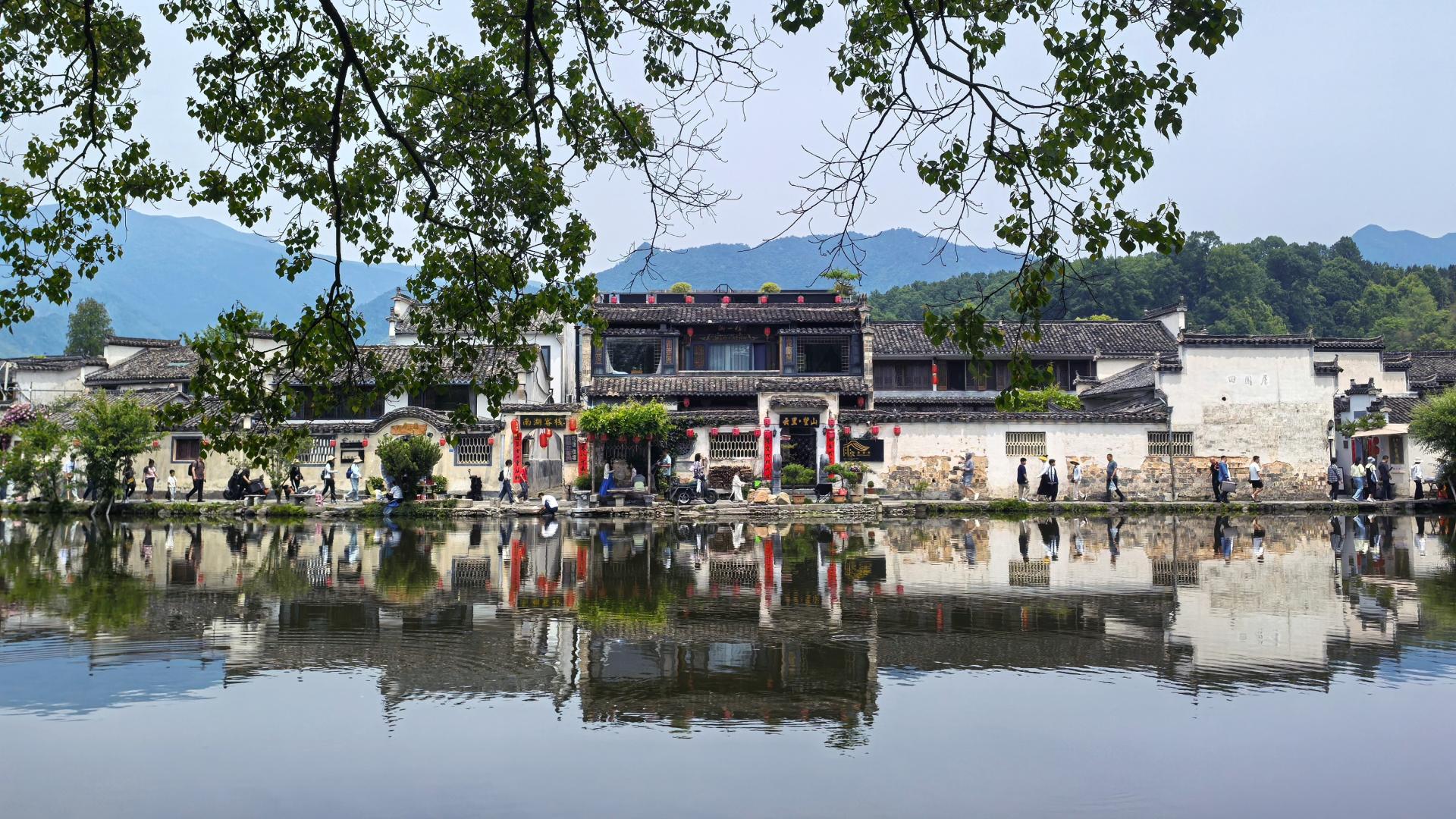Hongcun Village: A Timeless Heritage Boosting Rural Revitalization and Cultural Tourism
Hongcun Village in Anhui, a UNESCO World Heritage site with over 860 years of history, showcases China's rich cultural legacy.

Nestled in Yixian County of Anhui Province, Hongcun Village continues to captivate both domestic and international visitors with its unique blend of history, culture, and scenic beauty. Boasting a legacy that stretches back more than eight centuries, this ancient settlement has earned recognition as a World Cultural Heritage site. What sets Hongcun apart is its ingenious urban design inspired by the form of a reclining ox. Here, natural and man-made elements blend seamlessly—Leigang Mountain forms the “ox head,” ancient trees represent the “horns,” historic buildings make up the “body,” and a network of shimmering water channels winds through the village as the “intestines.” This imaginative layout stands as a testament to the remarkable creativity and planning prowess of its original inhabitants.
Wandering through the winding alleys of Hongcun, visitors are transported into a bygone era marked by the region’s iconic Hui-style architecture. The pristine whitewashed walls and deep black tiled roofs create a striking visual contrast against a backdrop of tranquil lakes and rolling green hills. The village is renowned for its exquisite woodwork, stone engravings, and brick carvings, each a masterpiece embodying the refined aesthetics and enduring spirit of ancient Huizhou culture. Photographers and artists alike are drawn to the village, hoping to capture the serene harmony and craftsmanship that have been meticulously preserved over generations.
Hongcun’s heritage stretches beyond its architecture and landscape—it has become a beacon of rural revitalization through innovative tourism development. Leveraging its status as a cultural gem, the village has championed an intangible cultural heritage-homestay model, transforming historic homes into immersive lodgings for travelers seeking authentic local experiences. In 2024, two such homestays were elevated to national acclaim as "Most Stunning Public Cultural Spaces," elevating Yixian County’s tourism accommodation spending to a remarkable 2.1 billion yuan (around $290 million). Local authorities have also orchestrated a tapestry of folk culture events and traditional handicraft exhibitions, giving visitors hands-on encounters with Hui customs and artistry.
This surge in cultural tourism has brought tangible benefits to the community, enriching livelihoods and fostering a vibrant atmosphere of rural renewal. Hongcun Village now stands as a dynamic model for cultural tourism-driven rural development, demonstrating how heritage preservation can go hand-in-hand with economic progress. As crowds continue to flock to its peaceful lanes and picturesque ponds, Hongcun's living legacy remains a source of inspiration—not only for historians and architects, but for communities across China undertaking their own journeys toward sustainable growth and cultural celebration.




